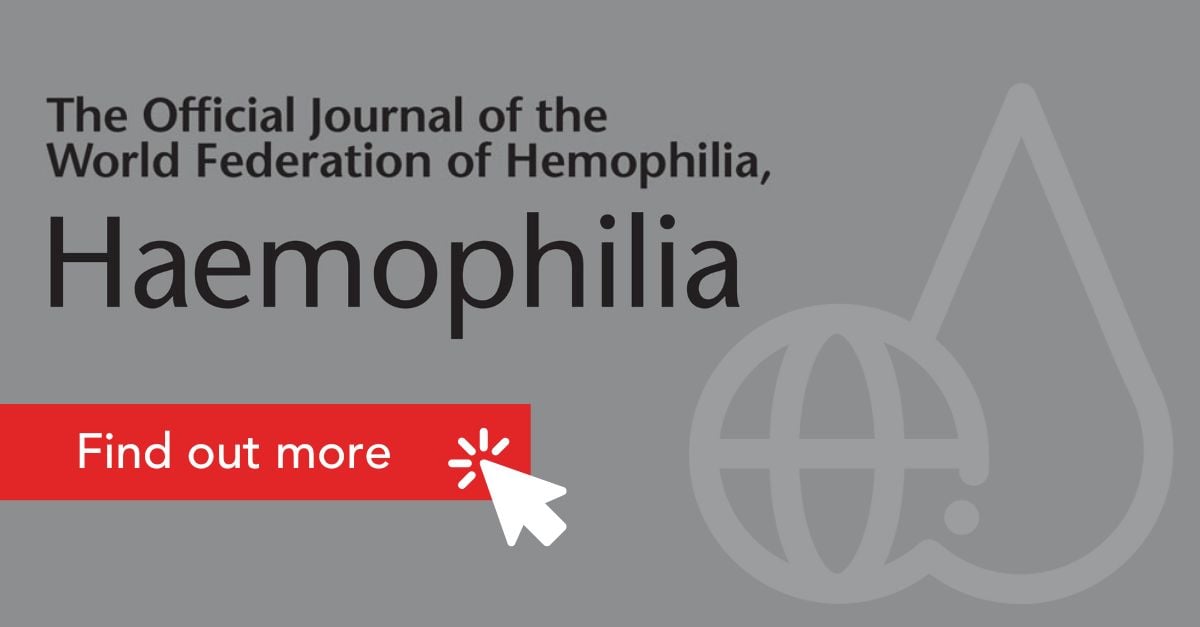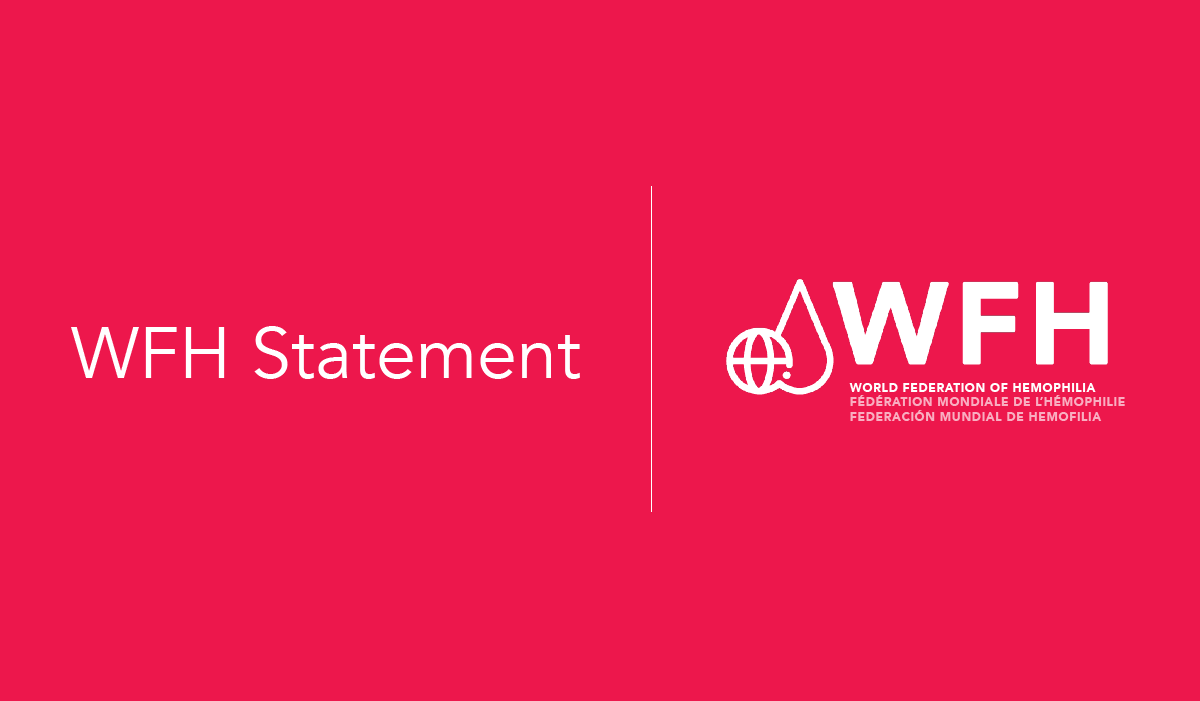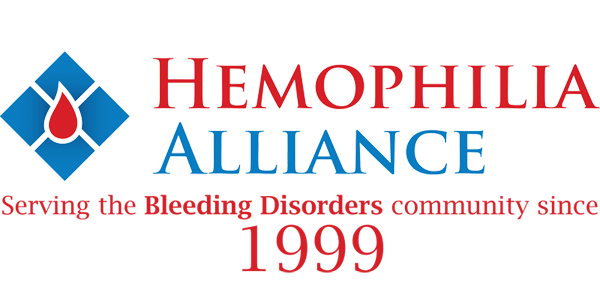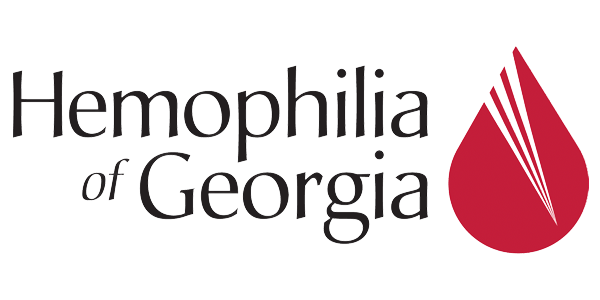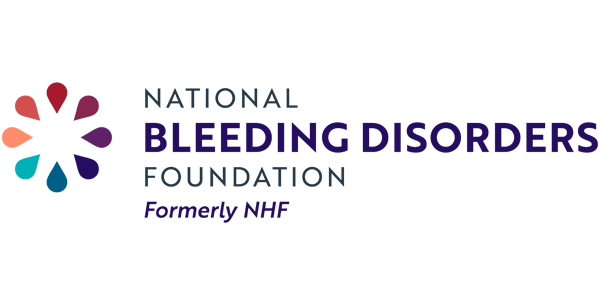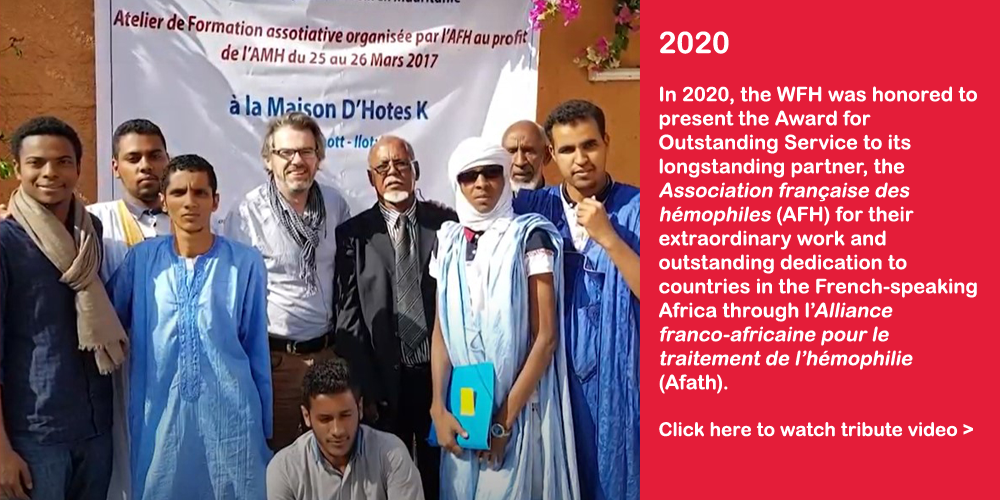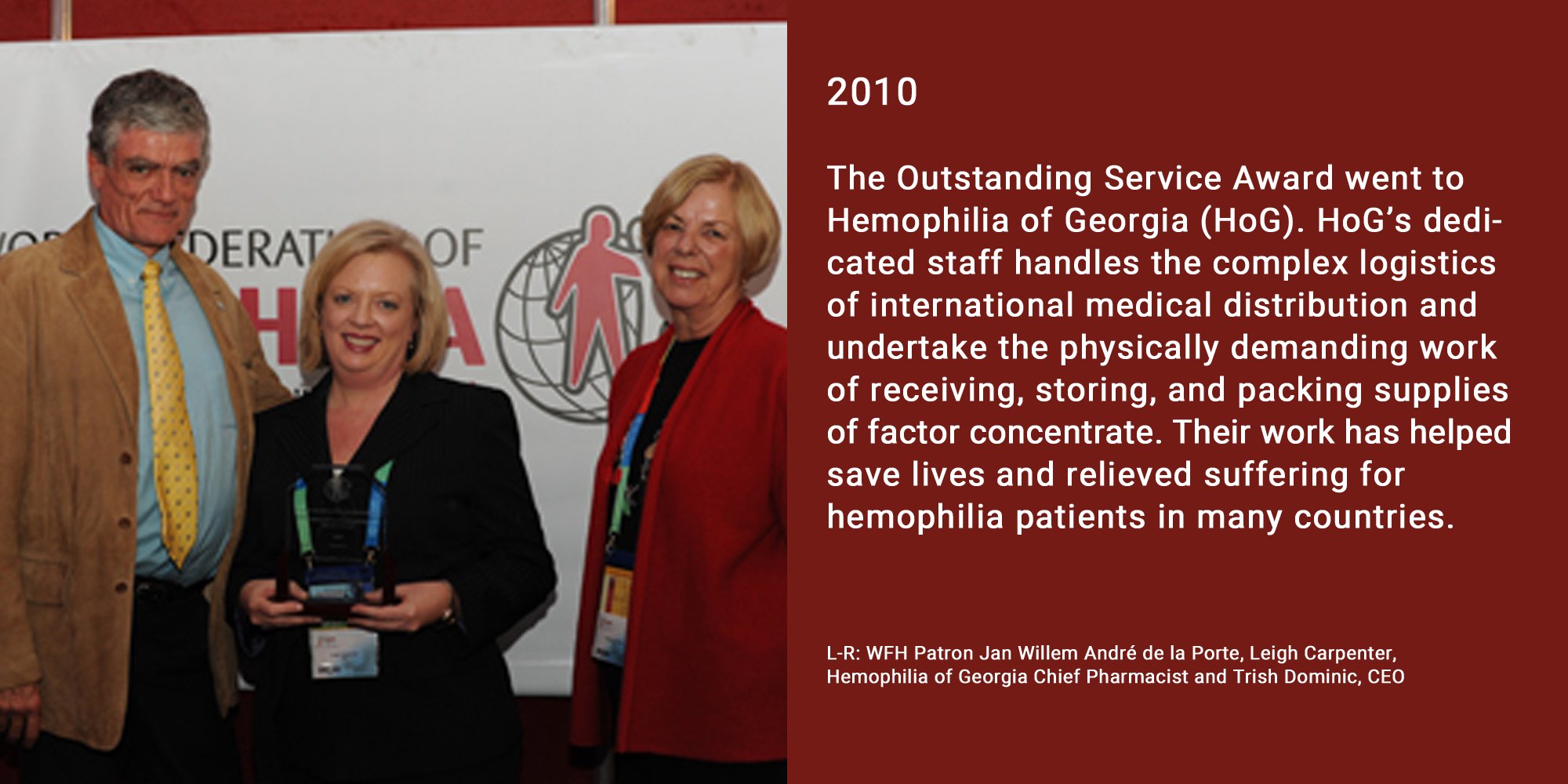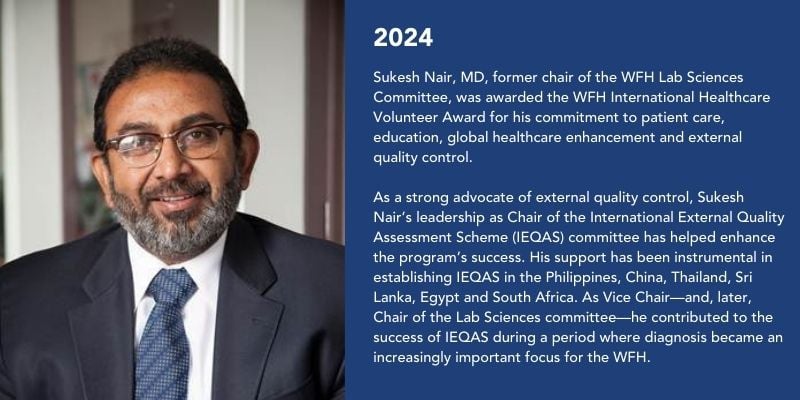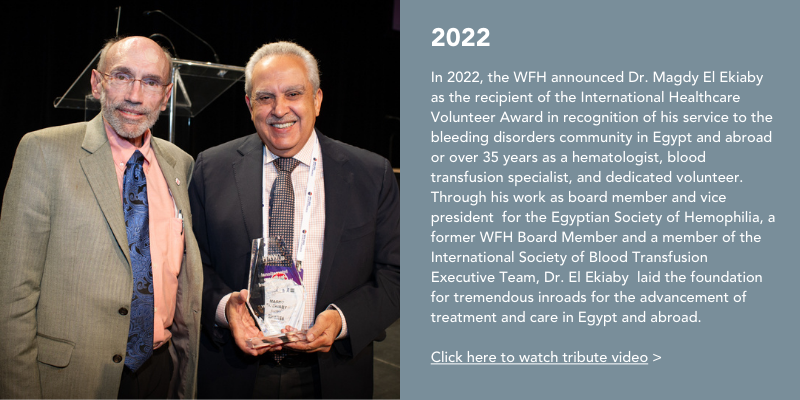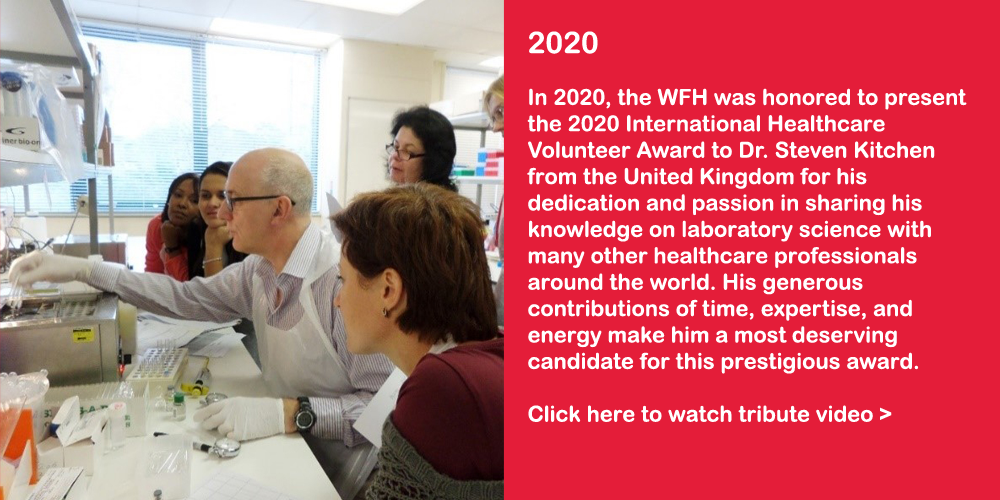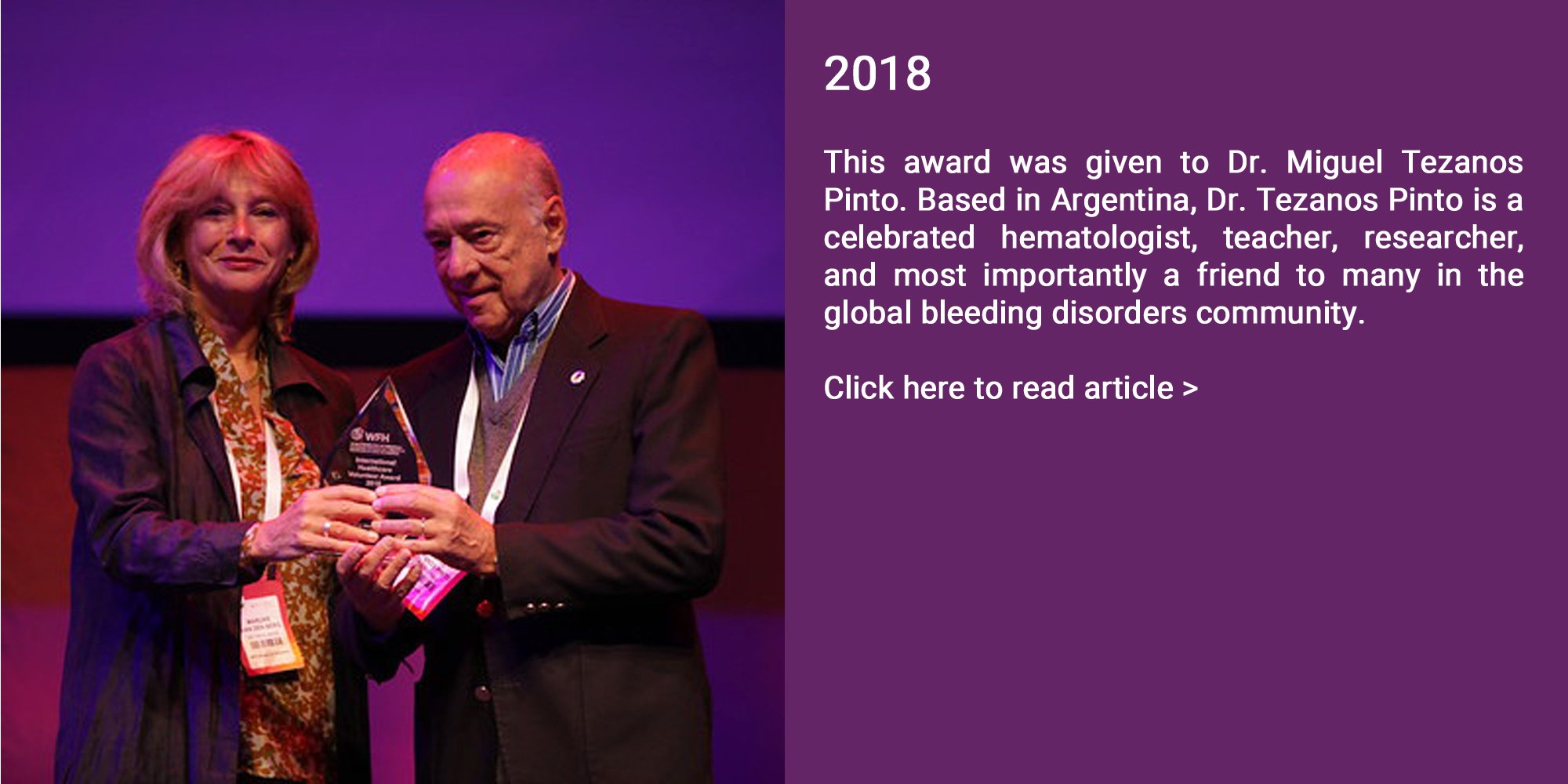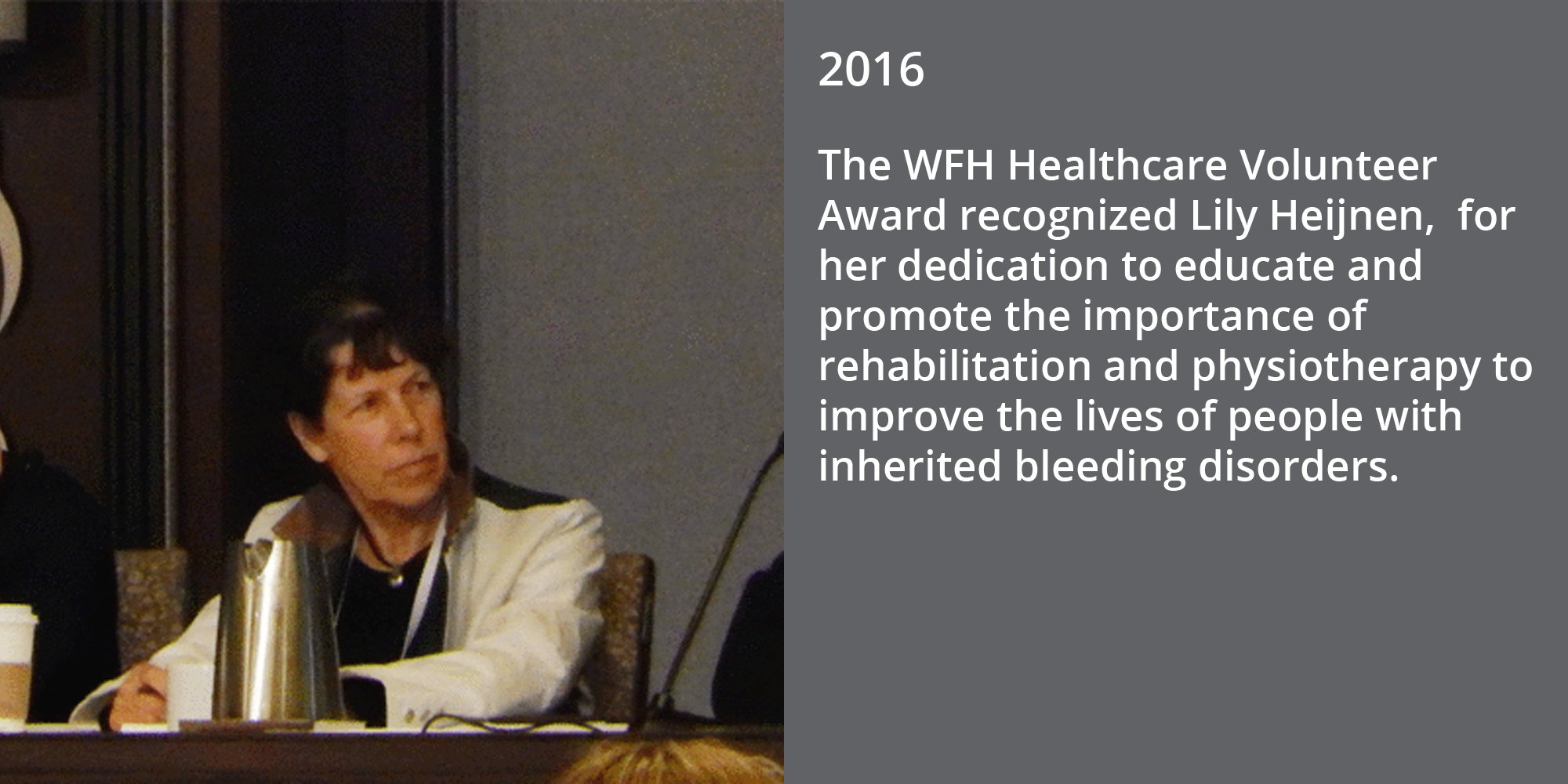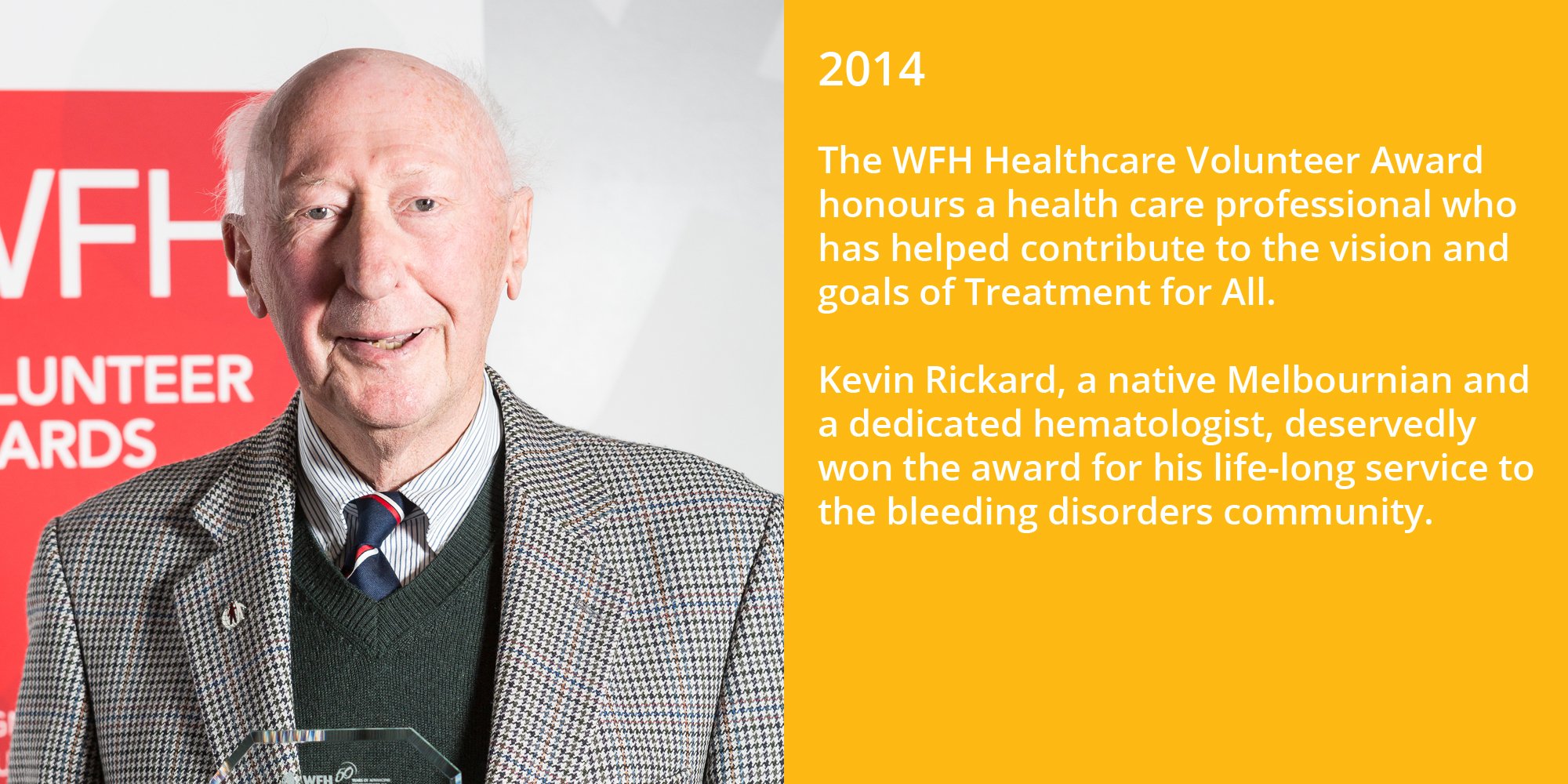The ISTH guidelines risk setting hemophilia treatment back 30 years. Most of the 13 recommendations are “conditional” because they are based upon “very low to low certainty evidence.”
The conclusion is that plasma-derived clotting factor concentrates (CFCs), recombinant CFCs, recombinant extended half-life factors (EHLs) and emicizumab are all equivalent in efficacy and safety, meaning one could appropriately choose any of these options for prophylaxis. Likewise, for patients with hemophilia A and inhibitors, bypassing agents and emicizumab prophylaxis are presented as equivalent, and either choice would be acceptable.
Many international professional societies and advocacy organizations (e.g., AHAD-AP, CLATH, EHC, NBDF-MASAC, WFH), clinicians, and patient advocacy leaders recognize these statements are not fully informed, based upon numerous scientific articles showing the increased efficacy benefits for prophylaxis of the newer products.(1). Newer EHL and emicizumab prophylaxis have provided more protection from bleeding and improved patient outcomes. These are studies the 2024 ISTH guidelines have failed to consider or have ignored. Scientific and clinical evidence supporting product differentiation was available at the time these guidelines were developed and are provided in other recent evidence-based guidelines including the 2020 WFH Guidelines for the Management of Hemophilia, 3rd edition, and the 2020 Kreuth V Initiative from the Council of Europe (2,3).
The proposed ISTH guidelines, if published, will be available to governments and medical professionals around the world, who will ask why they are paying for newer, higher priced products, when plasma-derived and first generation recombinant CFCs would be of equal value for prophylaxis. The proposed ISTH guidelines contradict many professional medical societies’ goals and guidelines for hemophilia treatment, including the goals of zero bleeds, trough levels above 3-5%, improved physical and emotional outcomes, and economic productivity for people with hemophilia in countries of all incomes throughout the world (2,3).
These ISTH guidelines may impede patient access to products that can improve outcomes in countries of all socioeconomic strata and thereby harm patients and reverse health equity gains (1,4). However, the ISTH does not believe these guidelines may harm the community and plan to proceed to publication. They have not answered our question asked repeatedly about the mitigation strategies they plan to pursue to prevent harm to patients.
We call upon the ISTH not to publish these guidelines in their present form, and to work with patient and physician associations and societies around the world, including many ISTH members, that have serious concerns over the negative impact the proposed guidelines will have on patients.
References
National Bleeding Disorders Foundation (formerly NHF) 2024. www.bleeding.org/healthcare-professionals/guidelines-on-care/masac-documents/masac-document-288-masac-resolution-on-proposed-hemophilia-treatment-guidelines-from-the-international-society-on-thrombosis-and-haemostasis-isth
Srivastava A, Santagostino E, Dougall A, Kitchen S, Sutherland M, Pipe SW, Carcao M, Mahlangu J, Ragni MV, Windyga J, Llinás A, Goddard NJ, Mohan R, Poonnoose PM, Feldman BM, Lewis SZ, van den Berg HM, Pierce GF; WFH Guidelines for the Management of Hemophilia panelists and co-authors. WFH Guidelines for the Management of Hemophilia, 3rd edition. Haemophilia. 2020 Aug;26 Suppl 6:1-158. doi: 10.1111/hae.14046. Epub 2020 Aug 3.
Peyvandi F, Berger K, Seitz R, Hilger A, Hecquet ML, Wierer M, Buchheit KH, O’Mahony B, Bok A, Makris M, Mansmann U, Schramm W, Mannucci PM. Kreuth V initiative: European consensus proposals for treatment of hemophilia using standard products, extended half-life coagulation factor concentrates and non-replacement therapies. Haematologica. 2020 Aug;105(8):2038-2043. doi: 10.3324/haematol.2019.242735.
European Haemophilia Consortium 2024. www.ehc.eu/ehc-statement-on-the-upcoming-landscape-of-recommendations-in-haemophilia-care/
